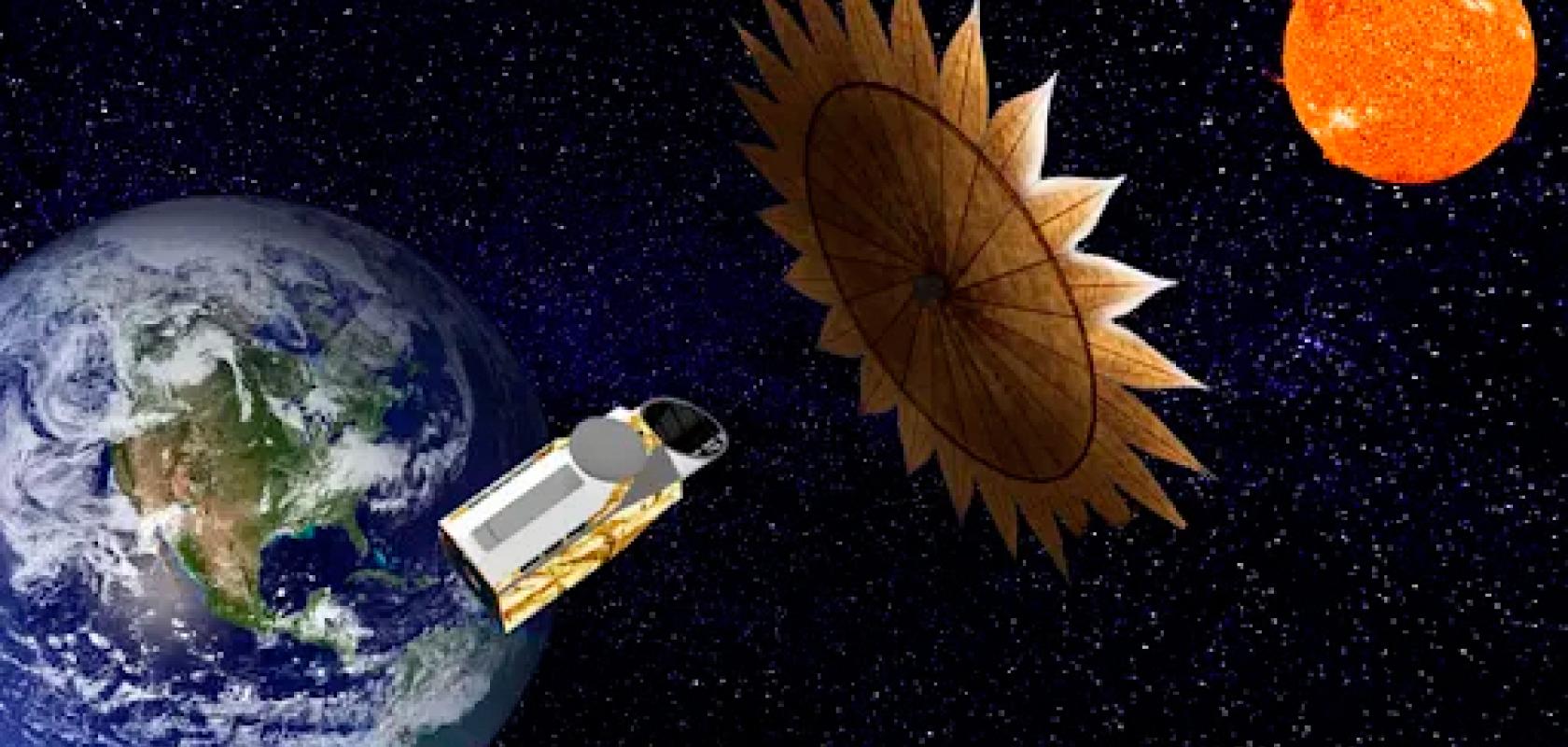BAE Systems will work on an optical system a thousand times more stable than the James Webb Space Telescope to search for signs of life on Earth-like planets.
NASA’s Habitable Worlds Observatory (HWO) will become humanity’s first telescope “designed specifically to search for signs of life on planets orbiting other stars,” says NASA, using a large infrared/optical/ultraviolet space telescope to simultaneously provide the capability of making transformational astrophysics discoveries.
Habitable Worlds Observatory mission objective
Building on the Large Ultraviolet Optical Infrared Surveyor (LUVOIR) and Habitable Exoplanets Observatory (HabEx) concepts from previous project missions, HWO is set to begin potentially identifying habitable planets from 2027, by examining their atmospheres to determine if it’s possible for life to exist there.
With a mission objective to initially identify and image 25 potentially habitable worlds, then search for chemical biosignatures such as oxygen and methane in their atmospheres using spectroscopy, the project could potentially find the critical evidence for life. As well as that, the observatory would also provide important new insights on how cosmic structures evolve.
The challenge of far-space discovery
These kinds of detailed observations of exoplanets and their atmospheres can be extremely challenging when the subjects are so far away. This is because the light they reflect is so much fainter than their parent star or stars. Earth’s brightness ratio in relation to our Sun, for example, is around 10 billion to one.
Although it’s possible to use a coronagraph to reach the unprecedented levels of starlight suppression required to correctly view and detail exoplanets, an extremely large yet also extremely stable telescope is necessary. And in the case of a 10 billion to one brightness ratio, the level of stability required is in the picometres – a trillionth of a metre – and well beyond the current ability of even the latest state-of-the-art systems.
“Even slight thermal changes and minor vibrations will impact the telescope’s ability to maintain the contrast necessary to make these observations, so we need a system with both passive and active elements to minimise and compensate for disturbances,” said Laura Coyle, the principal optical engineer and astrophysics technology lead for Space & Mission Systems at BAE Systems, who is working on the project.
Supporting technology for the HWO mission from BAE Systems and others
To make it possible to explore the planets and the stars of our own and distant galaxies with unprecedented sensitivity and resolution, the HWO needs an ultra-stable, ultra-powerful lens. Together, BAE Systems along with L3Harris Technologies and the US Space Telescope Science Institute (STScI) will develop the ultra-stable optical systems required, conducting a two-year research program titled the Ultra-stable Large Telescope Research Analysis Program – Critical Technologies (ULTRA-CT).
“Bolstered by a legacy of supporting NASA’s most ambitious missions, our ULTRA team of engineers is excited to develop technologies that will address stability at the picometre level and continue to advance this groundbreaking project,” said Coyle.
Nancy Grace Roman Space Telescope
Work will begin on the flagship HWO mission after the Nancy Grace Roman Space Telescope, currently scheduled for a 2027 launch, which is tasked with providing answers to essential space mysteries like dark energy and performing a statistical census of planetary systems using microlensing, to find over a thousand exoplanets.


